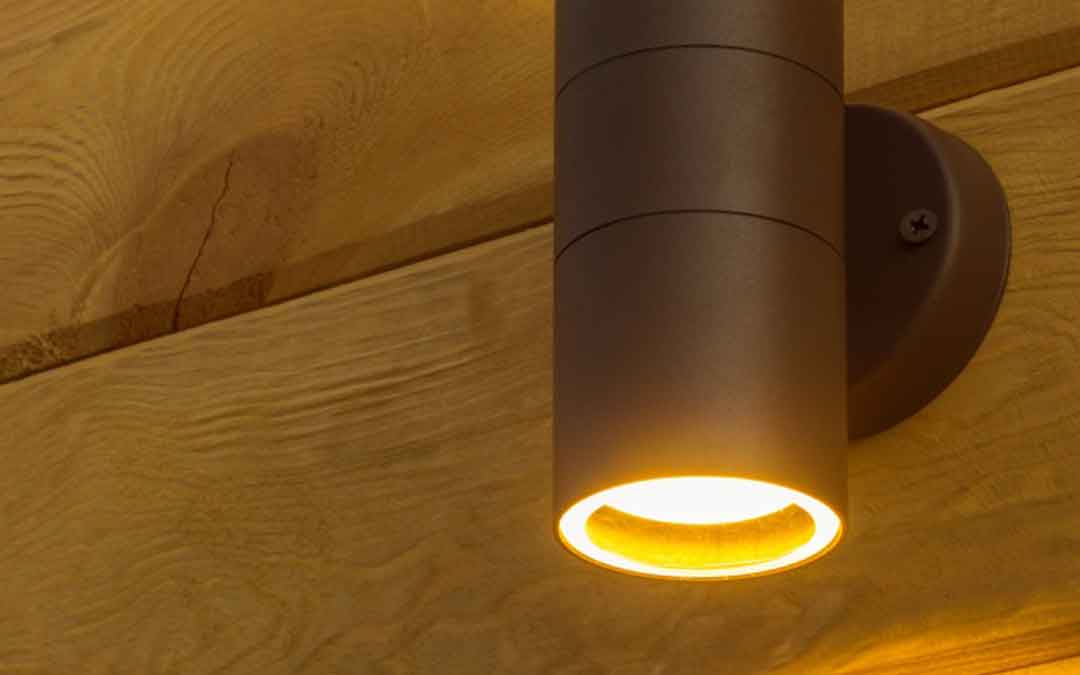8 Ways to Reduce Light Pollution Impacts on Wildlife

Leaving unnecessary lights on at night is a waste of electricity, carbon emissions and money. Importantly, it’s also creating harmful impacts on some of our wildlife.
Artificial light at night directly impacts the health and safety of individual creatures and critters, and of the continued existence of entire species. Like humans, animals and invertebrates have rhythms that have evolved over millennia of a balance of daylight and night-time darkness.
In urban areas it’s common to not be able to see the milky way because of light pollution or sky glow. In rural areas, it’s common to see the sky glowing in the direction of most populated centres. You can see where the light pollution is worst in this map.
Wildlife behaviours change when there are bright lights or sky glow. For example, Bogong moths used to migrate from as far north as Queensland to Victoria’s high country every spring in time for the warmer weather. Now they are being distracted by the sky glow from Canberra (as well as other threats such as pesticides and natural disasters) and many are not making it to Victoria. As a key post-hibernation food source for Mountain Pygmy Possums before they mate, their absence is putting the endangered possums further at risk of extinction.
Many animals require darkness to hunt, feed and mate. Frogs, bats and birds also need full darkness to carry out functions essential to their survival, such as laying eggs, foraging food and finding mates. Without proper darkness, whole interconnected ecosystems are at risk of collapse.
Huge lit-up shop signs, petrol stations, fast food joints, convenience stores, industrial facilities, advertising billboards, streetlights and offices all contribute huge amounts of light pollution.
While we can all raise awareness of this often-unknown type of pollution and lobby for big polluters to make changes, we can all also make smaller changes ourselves.
Here are 8 things you can do to minimise impacts on wildlife:
- Consider if you really need an area lit up. Light areas only for specific purposes.
- Focus light downwards. Deliberately choose light fittings that direct the light towards the ground or non-reflective walls instead of in all directions. Shielding ‘light spill’ will direct the light where it is needed.
- Install outside lights lower down. Consider ways that you can light the ground to allow people to navigate where they walk in the dark instead of lighting up the sky.
- Choose the lowest wattage needed. If you need a light in your front yard to see your way to the front door, go for a warm-coloured light that provides a low-level ambient glow instead of bright flood lights. Make lights motion detected so they are only on when needed.
- Choose warm coloured lights. Bright white globes, including white LED lights, use lots of short wavelength blue light, which are particularly bad at interrupting body clocks for both humans and animals. While LED lights are more energy efficient and part of the climate solution, use them wisely, especially outside at night. Consider warm coloured (that uses the red spectrum) lights instead.
- Use sensor lights instead. If you want lights on outside, choose sensor lights that come on when movement or heat is detected. Choose lights that focus the light downwards and are only as bright as you need. Where possible choose ‘warm white’ instead of ‘cool white’ options.
- Turn lights off when not needed. This is an obvious tip but is still a huge problem in many areas. If you’ve got lots of outdoor lights to welcome visitors, can you turn them off when you’re not expecting guests? If not, make sure you at least turn them off before you go to bed.
- Close curtains at night. Light escaping from lit rooms at night is easily solved simply by closing curtains at night. Use low wattage lamps and turn overhead lights off when not needed.
Written by Jen Willis
